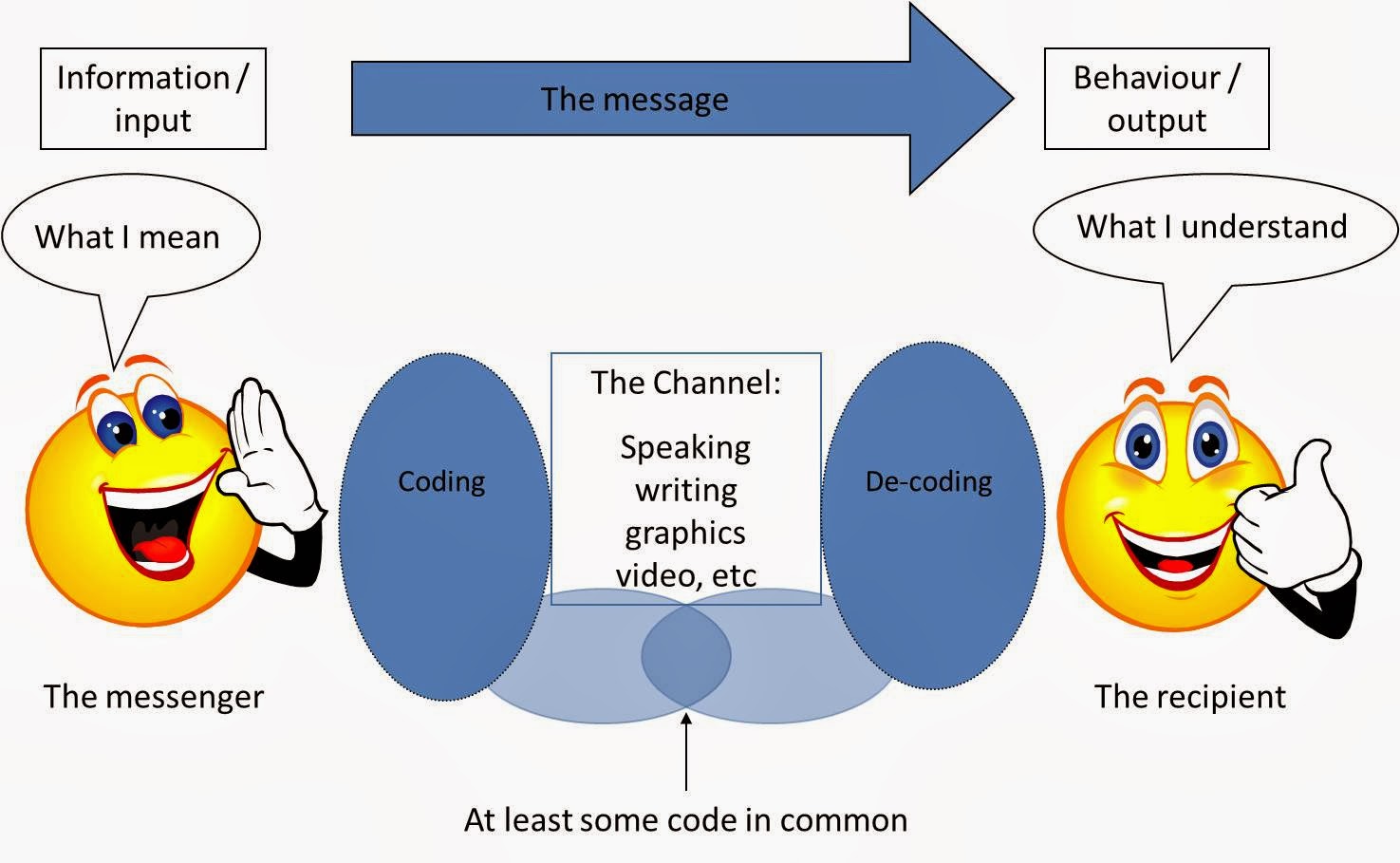Barriers to Classroom Communication: A Teacher's Guide
"To Teach is to Touch the Lives Forever."
1. Introduction
Effective communication is crucial for successful teaching
and learning. However, various barriers can impede the flow of information
between teachers and students. This guide, illustrated with examples and
real-life anecdotes, aims to help educators identify and address common
communication barriers in the classroom.
2. Physical Barriers
Physical barriers are tangible obstacles that interfere with
the transmission of messages.
Examples:
- Classroom
layout
- Distance
between teacher and students
- Visual
obstructions
Real-life anecdote: Ms. Johnson, a high school
English teacher, noticed that students at the back of her large classroom were
often disengaged. Upon investigation, she realized they couldn't see the
whiteboard clearly due to glare from the windows. By rearranging the seating
and installing blinds, she significantly improved participation from all
students.
3. Linguistic Barriers
Linguistic barriers arise from differences in language
proficiency, vocabulary, or communication styles.
Examples:
- Use
of jargon or complex terminology
- Language
differences between teachers and students
- Unclear
or ambiguous instructions
Real-life anecdote: Mr. Chen, a math teacher, was
explaining algebraic concepts to his 7th-grade class. He noticed blank stares
and confusion among his students. Realizing he had been using advanced
mathematical terms, he paused and said, "Let's take a step back. Imagine
algebra is like a puzzle where we need to find the missing piece. We'll call
this missing piece 'x'." This simple analogy helped bridge the linguistic
gap and improved students' understanding.
4. Psychological Barriers
Psychological barriers are mental or emotional factors that
affect communication.
Examples:
- Anxiety
or fear of speaking up
- Lack
of confidence
- Preconceived
notions or biases
Real-life anecdote: Ms. Patel, a middle school
science teacher, had a bright student named Alex who rarely participated in
class discussions. After speaking with Alex privately, she learned that he had
a fear of public speaking due to past experiences of being mocked for his
stutter. Ms. Patel worked with Alex to build his confidence, allowing him to
start with small group discussions before gradually participating in full class
conversations.
5. Cultural Barriers
Cultural barriers stem from differences in cultural
backgrounds, values, or norms.
Examples:
- Misinterpretation
of non-verbal cues
- Differing
expectations of student-teacher relationships
- Cultural
taboos or sensitive topics
Real-life anecdote: Mr. Thompson, teaching in a
diverse urban high school, assigned a project on family trees. He was surprised
when several students seemed reluctant to participate. After speaking with
them, he learned that for some cultures, discussing family history was
considered private or even taboo. He adapted the assignment to allow students
to create fictional family trees or focus on historical figures instead, making
the project more inclusive.
6. Technological Barriers
In modern classrooms, technological issues can significantly
impact communication.
Examples:
- Technical
difficulties with online learning platforms
- Lack
of access to necessary devices or internet
- Unfamiliarity
with educational technology
Real-life anecdote: During the COVID-19 pandemic,
Mrs. Garcia transitioned her elementary class to online learning. She quickly
realized that several students lacked reliable internet access at home. To
ensure all students could participate, she created weekly paper packets for
these students and scheduled individual phone check-ins to discuss the
material.
7. Environmental Barriers
Environmental factors in the classroom can disrupt
communication.
Examples:
- Noise
from outside the classroom
- Poor
lighting
- Uncomfortable
room temperature
Real-life anecdote: Mr. Dawson's high school history
class was located next to the music room. The sound of instruments often
drowned out his lessons, making it difficult for students to focus. He worked
with the administration to soundproof the shared wall and coordinated with the
music teacher to schedule quiet study periods during his lecture times.
8. Physiological Barriers
Physical conditions or disabilities can create challenges in
classroom communication.
Examples:
- Hearing
or visual impairments
- Speech
disorders
- Learning
disabilities like dyslexia or ADHD
Real-life anecdote: Ms. Robinson had a student with
hearing impairment in her 4th-grade class. She ensured that she always faced
the class while speaking, used visual aids frequently, and provided written
instructions for all activities. These small changes not only helped the
student with hearing impairment but also improved comprehension for all
students in the class.
9. Attitudinal Barriers
Attitudes and perceptions can significantly impact the effectiveness
of classroom communication.
Examples:
- Lack
of interest in the subject
- Negative
attitudes towards learning
- Stereotypes
or prejudices
Real-life anecdote: Mr. Ortiz noticed that many of
his high school students seemed disinterested in literature. He decided to
shake things up by introducing a unit on graphic novels, connecting classic
themes to modern storytelling. This approach reignited student interest,
leading to more engaged discussions and improved comprehension of literary
concepts.
10. Conclusion
Recognizing and addressing these barriers to classroom
communication is crucial for creating an effective learning environment. By
being aware of these potential obstacles and implementing strategies to
overcome them, teachers can significantly improve the quality of education they
provide.
Remember, every classroom is unique, and what works in one
situation may not work in another. Continuous observation, adaptation, and student communication are key to identifying and overcoming these
barriers.
.png)
.png)
.png)


Comments
Post a Comment